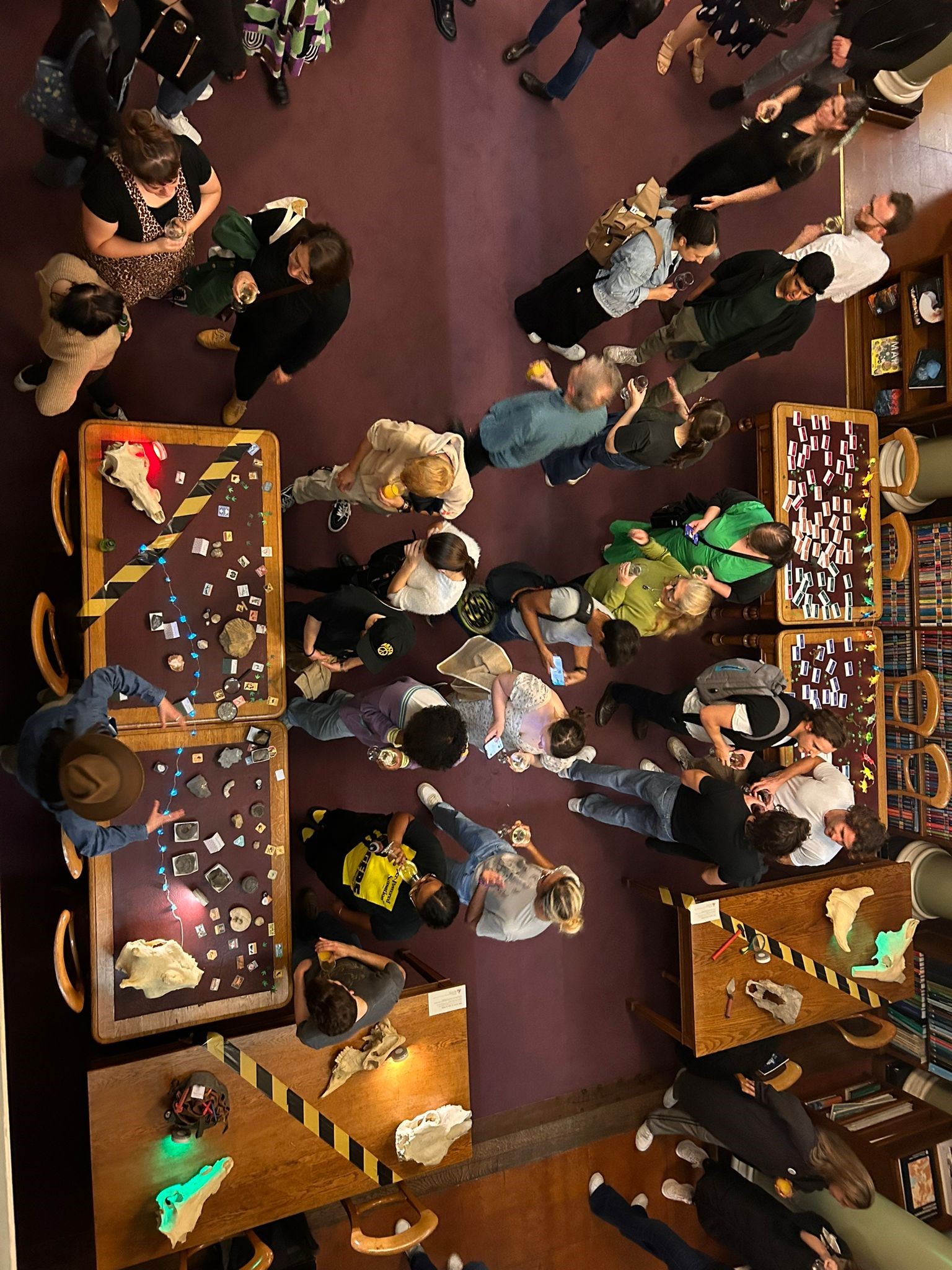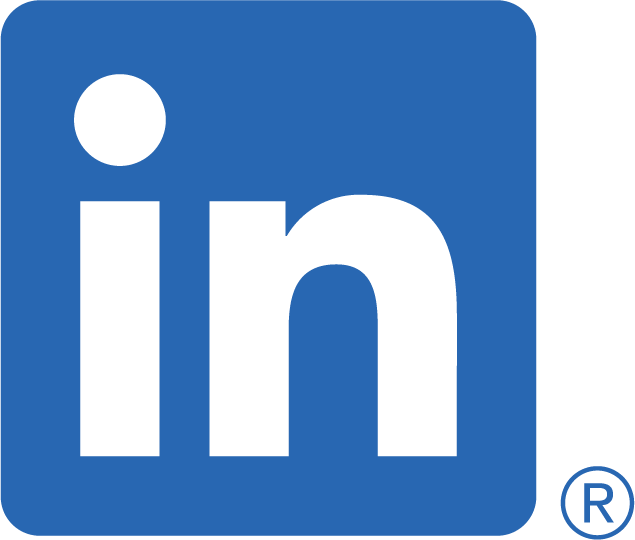Guidance for Hosting and Earth Science Week Event

Credit: Katie Jones
Want to plan an Earth Science Week Event? Check out the map of last year’s events to see what has been available in your area and to get ideas for the type of event you would like to host. Whether you are a geoscience professional looking to share your expertise or a member of the general public eager to share your passion for the geosciences, there are many opportunites for hosting events!
Event Ideas
Earth Scientists in the Classroom
Volunteer to visit a classroom, lead an Earth science activity, conduct a demonstration, or talk about your career.
Earth Scientists at Work
Invite local high school and university Earth science students to attend an open house at an Earth science related company, association, or agency.
Film Festival
Arrange to have a film festival at a local school - advertise, get sodas and popcorn, and showcase some films with Earth science themes. Check out videos from a local geological society or the geoscience department of a university, or show some big screen blockbusters to examine how Earth science is a part of popular culture and entertainment. (Examples: “Jurassic Park,” “Twister,” “Dante’s Peak,” “Volcano,” “Deep Impact,” “The Abyss.”)
Earth Science Essays
Organize an essay contest on the topic “How Earth science affects our community.” Get local businesses and companies to donate prizes or scholarship awards for the contest. Make the project interdisciplinary by having students illustrate their work.
Earth Science Career Fair/College Fair
Hold a career fair and invite geoscientists and college and university geoscience departments to participate.
Earth Science Fair
Host an Earth science fair at a local school. A science fair can be a great opportunity for students to practice Earth science, especially after hearing a geoscientist speak about his or her current research projects. Invite teachers and local geoscientists to be the judges. Encourage students to participate in the fair by offering awards such as posters, geoscience books, or even savings bonds to the top projects. Recognize the young Earth scientists by publishing the names of participating students in a local paper.
Understanding Resources
Hold a tour or open house at a mine, quarry, water works, or utility plant. Invite elementary, middle, and high school students to learn about natural resources and mining on-site.
Building Stone Tour
Conduct an urban walking tour to observe the many different types of building stones in use. Create maps and corresponding descriptions of the building stones at each site.
Getting Earth Science on the Books
Arrange an Earth Science Week display at your local library, and create a book list of Earth science books available all year round. You can also have an Earth Science Book Fair at a school.
Picturing the Earth
Organize an Earth theme photo contest and display the photos at a local library, community center, or business. Prizes could be free photo equipment and/or processing.
Exhibits
Set up an Earth-related exhibit or display of minerals, rocks, or fossils in a public location such as a shopping center, museum, library, or building lobby.
Whole Earth Place Mats
Design educational place mats that feature information highlighting the importance of Earth science in everyday life and arrange to have area restaurants use the place mats throughout Earth Science Week.
Acting Out
Arrange with a local youth theater organization to prepare a skit about community issues relating to Earth science. The students can perform the skits during Earth Science Week at local museums or community centers.
Earth Science Artists
Artistically inclined volunteers, both young and old, may paint a mural on a building in town, showing how Earth science is integrated into the town landscape.
Earth Science Weekend
Devote a weekend of activities to Earth science. For example, the North Dakota Geological Survey and the North Dakota Historical Society hosted a two-day Earth Science Fair to celebrate Earth Science Week. Events will include lectures and demonstrations by geologists, video demonstrations, a walking tour, and slide presentations about geologic hazards and the prehistoric life of the area.
Scouts, Campfire, 4-H and Other Youth Leaders
Focus on the Earth and geoscience-related badges and projects to celebrate Earth Science Week. For example, the staff at Vulcan’s Manassas, Virginia, quarry invite local Boy Scout troops to use the quarry property to work on three merit badges.
After School Activities
Organize after school activities at day care centers, schools, or YMCAs around an Earth Science theme. Students at Wesleyan University plan to conduct after school activities at YMCA-organized programs at five elementary schools.
Working with the Media
Earth Science Week offers special opportunities to increase the public’s awareness of the importance of Earth science. In order to reach the general public, you will have to get media coverage, and the more media coverage you can generate for Earth Science Week, the better. Anyone can help boost awareness by taking a few simple steps:
- Pitch a story about your Earth Science Week activities to local news organizations.
- Prepare a detailed press release to alert the media about your Earth Science Week activities.
- Write letters to the editor and op-ed pieces for print in local newspapers and magazines.
- Hold a special event to draw attention to your Earth Science Week activities and the important work that geoscientist do.
- Use the available Earth Science Week materials in promoting awareness.
- Show how your activity is aligned with the National Science Education Standards.
- Enlist the broadcast media to run public service announcements, or PSAs.
- Ask your governor, mayor, or city council members to support Earth Science Week with an official proclamation.
- Prepare fact sheets for the media for background information.




